Introduction
In the realm of interior design, color plays a crucial role in setting the tone and atmosphere of a space. The psychological impact of color on mood is profound, making it a vital consideration when designing your home. Whether you’re redecorating a single room or your entire house, understanding color psychology can help you create a harmonious and inviting environment. This article delves into how different colors affect mood and atmosphere, offering tips on selecting the right color palette for your home.
The Psychology of Color
1. Blue: Calm and Serenity
Blue is often associated with tranquility and calmness. It is an ideal choice for bedrooms and bathrooms, spaces where you seek relaxation and peace. Lighter shades of blue can make a room feel spacious and airy, while darker shades evoke a sense of depth and sophistication.
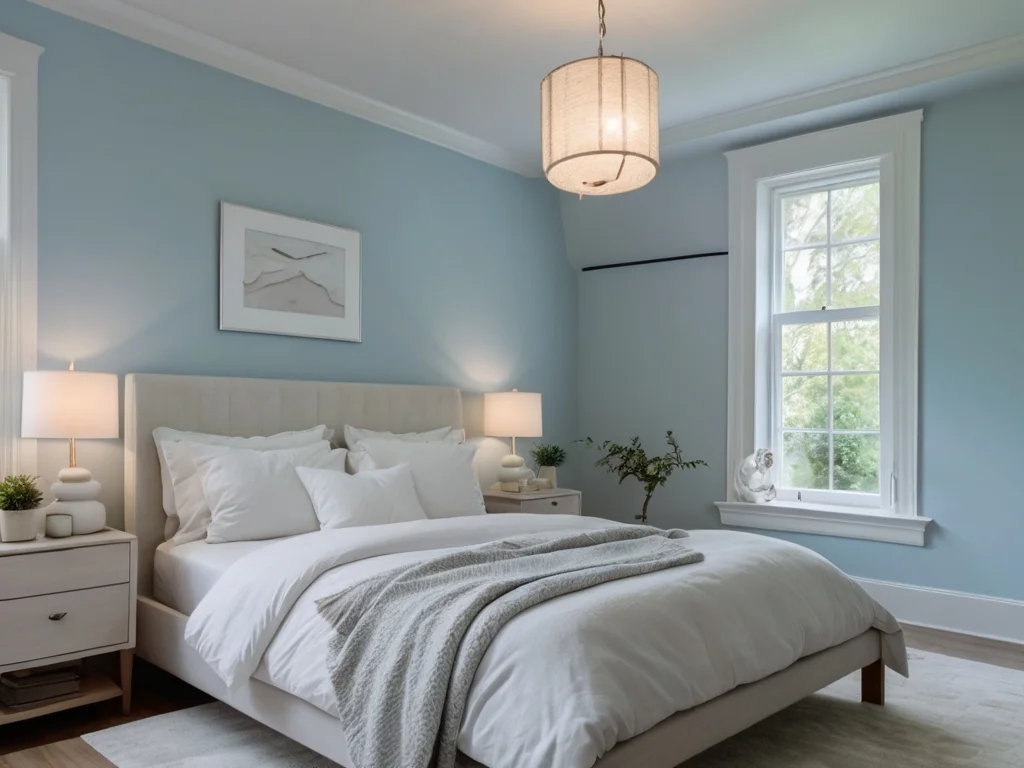
2. Red: Energy and Passion
Red is a powerful color that stimulates energy and passion. It is perfect for spaces where activity and socialization occur, such as living rooms and dining areas. However, use it sparingly, as too much red can be overwhelming.
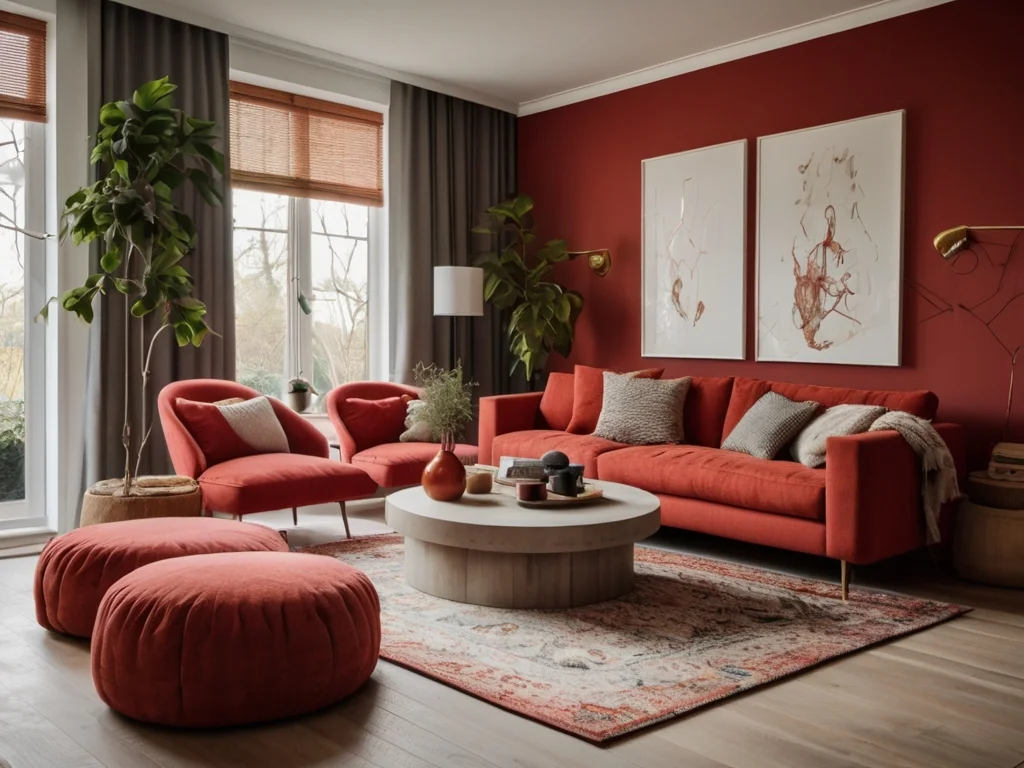
3. Green: Balance and Renewal
Green symbolizes nature, balance, and renewal. It is versatile and works well in any room, promoting a sense of calm and harmony. Green is particularly effective in home offices and study areas as it encourages concentration and reduces stress.
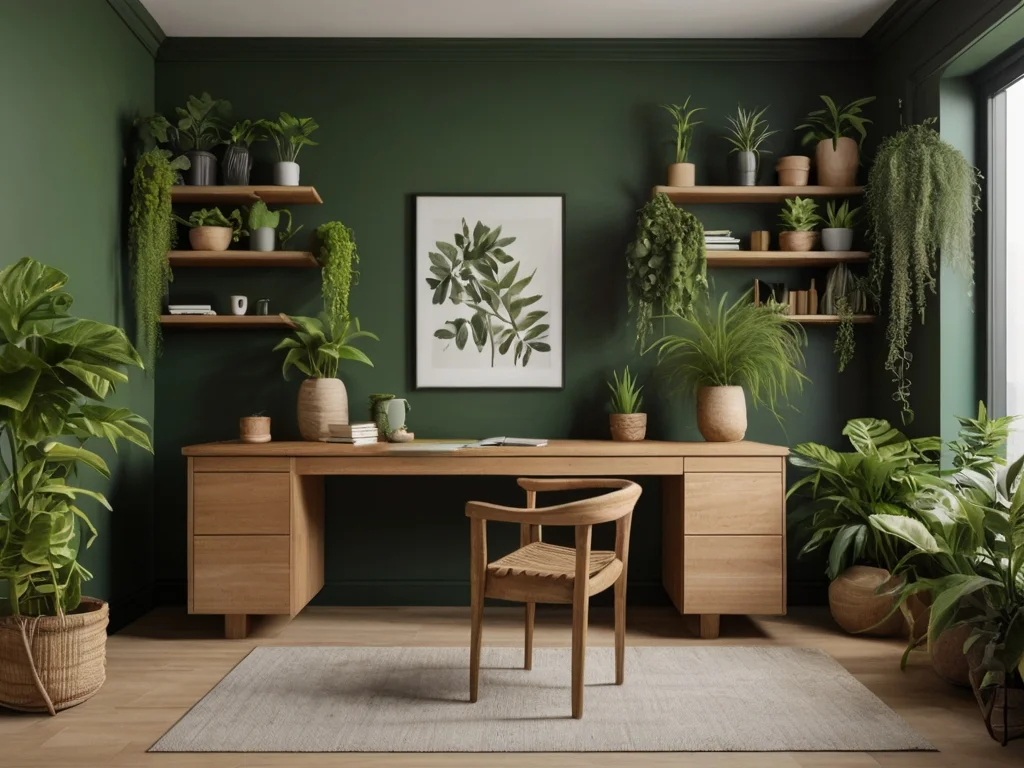
4. Yellow: Happiness and Warmth
Yellow is a cheerful color that exudes warmth and happiness. It is ideal for kitchens and dining rooms, where it can stimulate appetite and conversation. In entryways, yellow creates a welcoming and inviting atmosphere.
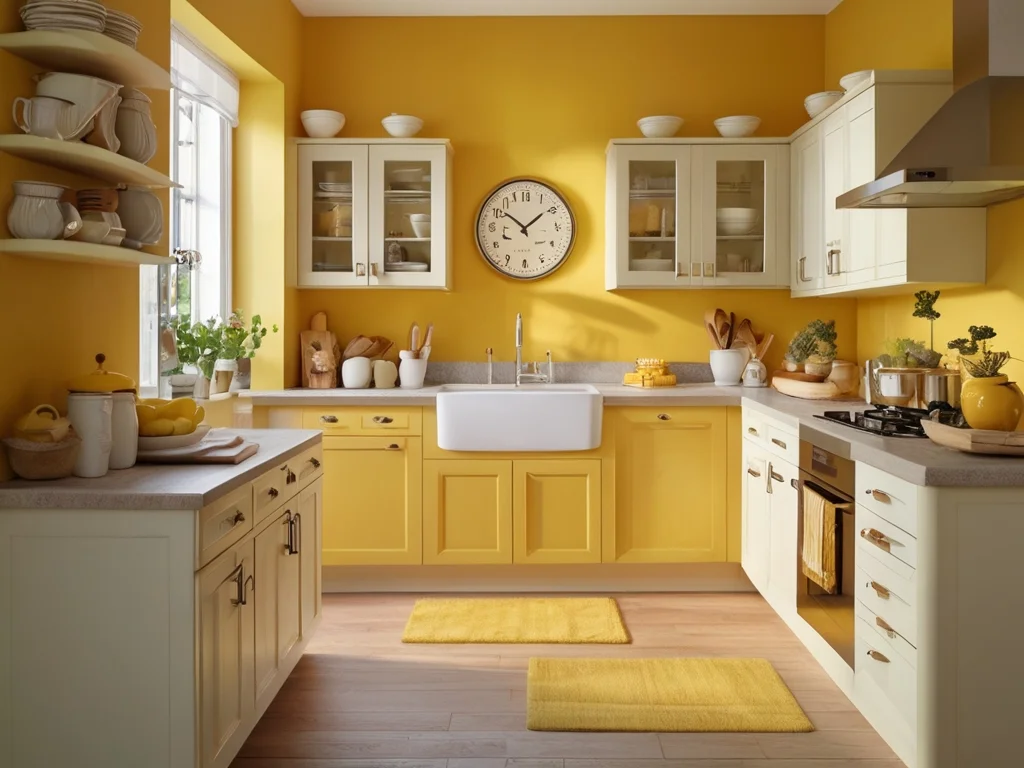
5. Purple: Luxury and Creativity
Purple, particularly in its darker shades, is often associated with luxury, creativity, and sophistication. It is a great choice for bedrooms and living rooms, adding a touch of elegance and depth.
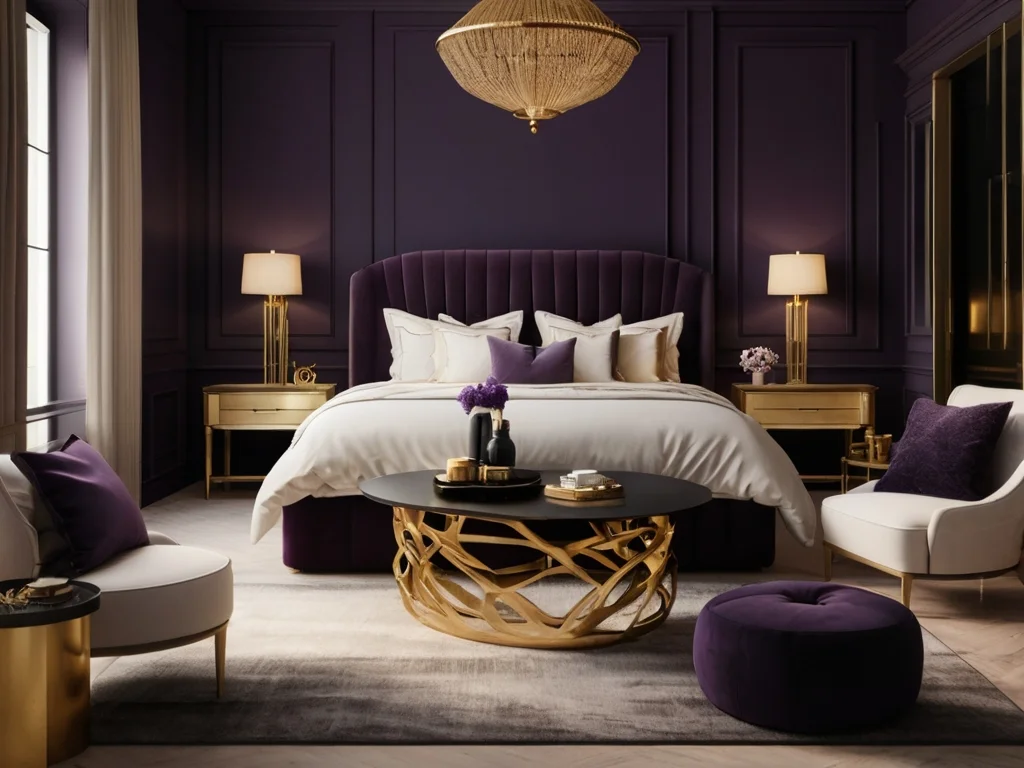
6. White: Cleanliness and Simplicity
White represents cleanliness, simplicity, and purity. It can make a space feel larger and more open. However, it’s important to add texture and warmth to prevent a sterile look. White is a popular choice in modern and minimalist designs.
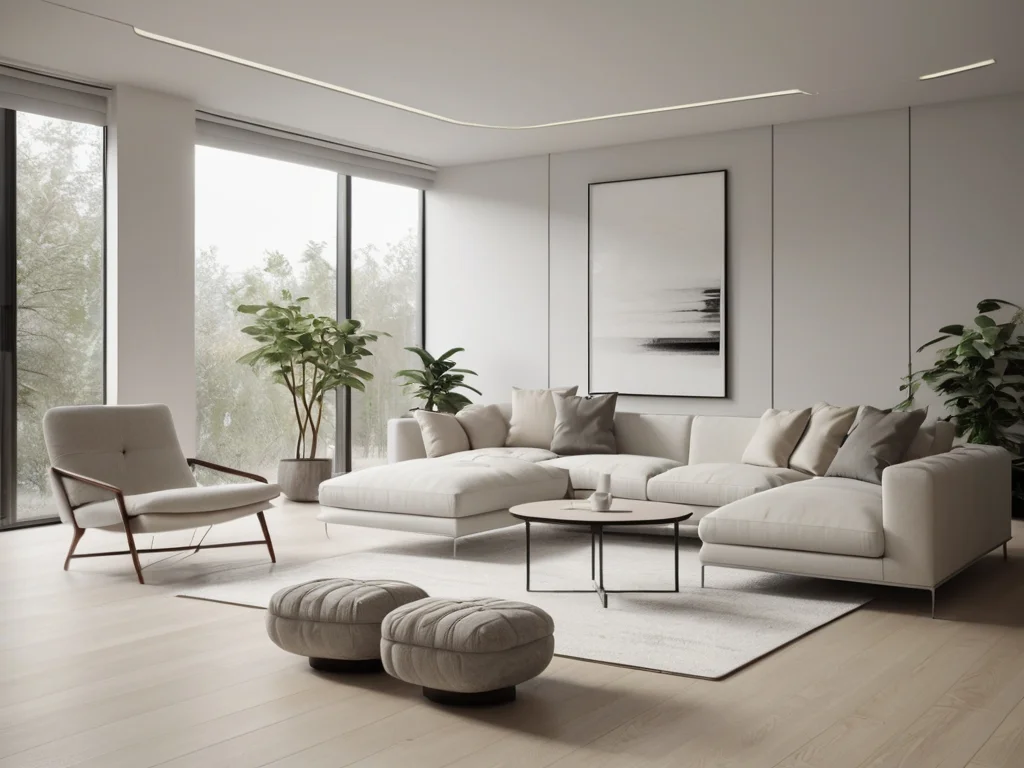
7. Gray: Neutral and Balanced
Gray is a versatile neutral color that adds a touch of sophistication to any room. It serves as an excellent backdrop for more vibrant colors and can create a balanced, calming atmosphere. Light grays are great for creating a modern look, while darker shades add drama and elegance.
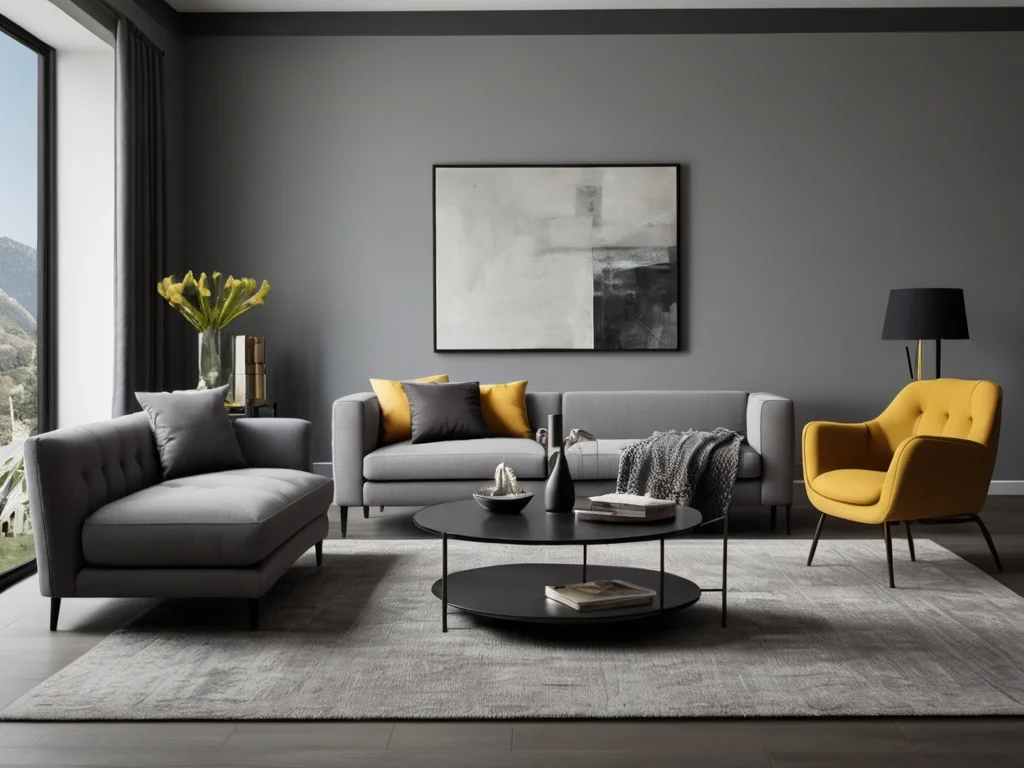
Choosing the Right Color Palette
When selecting a color palette for your home in Dubai, consider the following tips:
-
Understand the Purpose of Each Room: Identify the primary function of each room and choose colors that support that purpose. For instance, use calming colors like blue and green in bedrooms and home offices, and stimulating colors like red and yellow in social areas.
-
Consider the Room’s Lighting: Natural and artificial lighting can significantly affect how colors appear. Test paint samples in different lighting conditions to see how they look throughout the day.
-
Reflect on Personal Preferences: Your home should reflect your personality and preferences. Choose colors that make you feel comfortable and happy.
-
Use Accent Colors: Incorporate accent colors to add interest and depth to your design. This can be done through furniture, cushions, rugs, or artwork.
-
Balance Bold and Neutral Colors: Create a harmonious look by balancing bold colors with neutral tones. This prevents the space from feeling too overwhelming and ensures a cohesive design.
-
Stay Mindful of Trends: While it’s good to be aware of current trends, prioritize timeless colors that you’ll enjoy for years to come.
Conclusion
Color psychology is a powerful tool in interior design, capable of transforming the mood and atmosphere of your home. By understanding how different colors affect emotions, you can make informed decisions that enhance your living space. Whether you’re in Dubai, UAE, or anywhere else, these insights and tips will help you create a beautiful and harmonious home. Remember to choose colors that not only look good but also make you feel good, ensuring a comfortable and inviting environment for you and your family.

